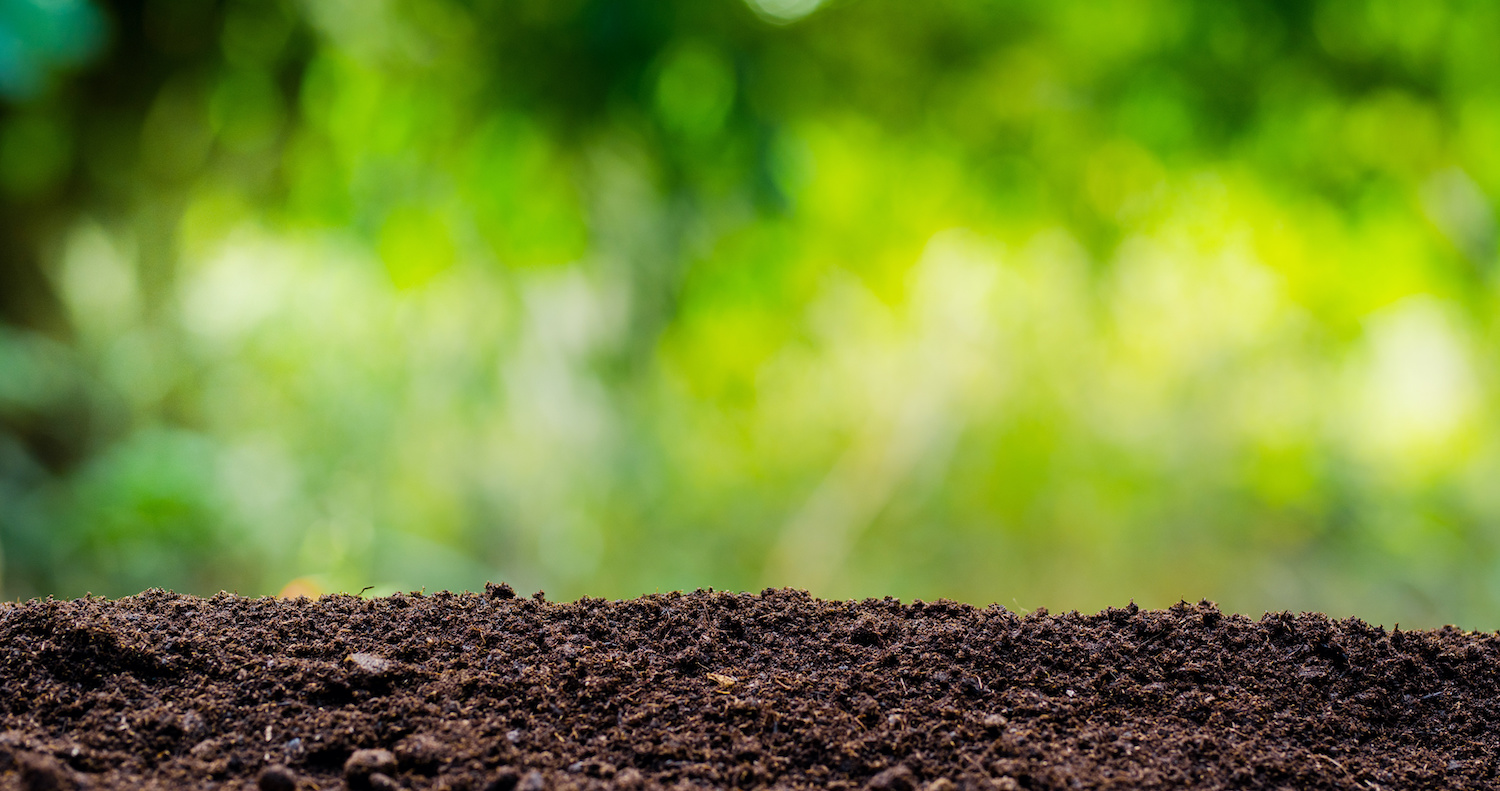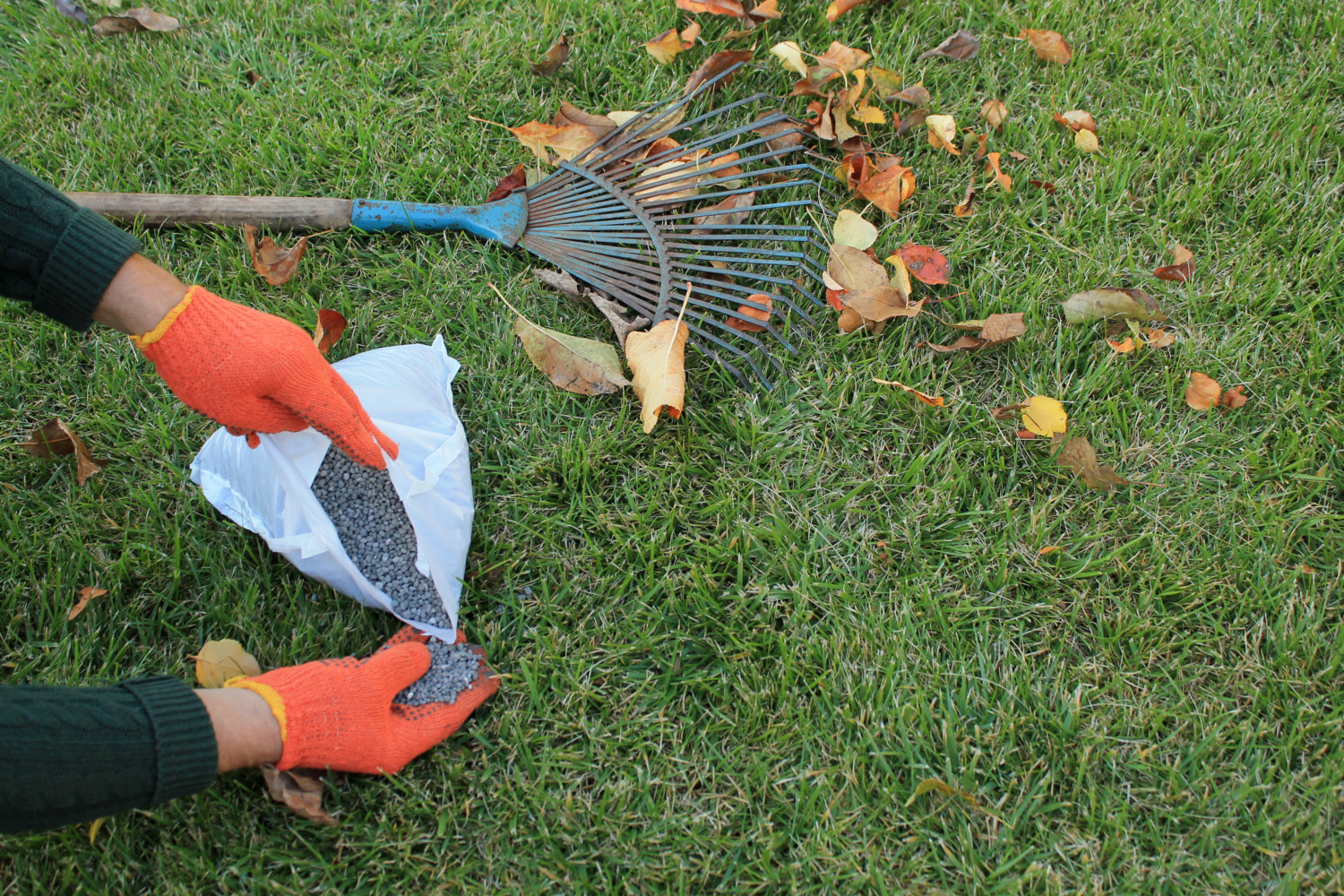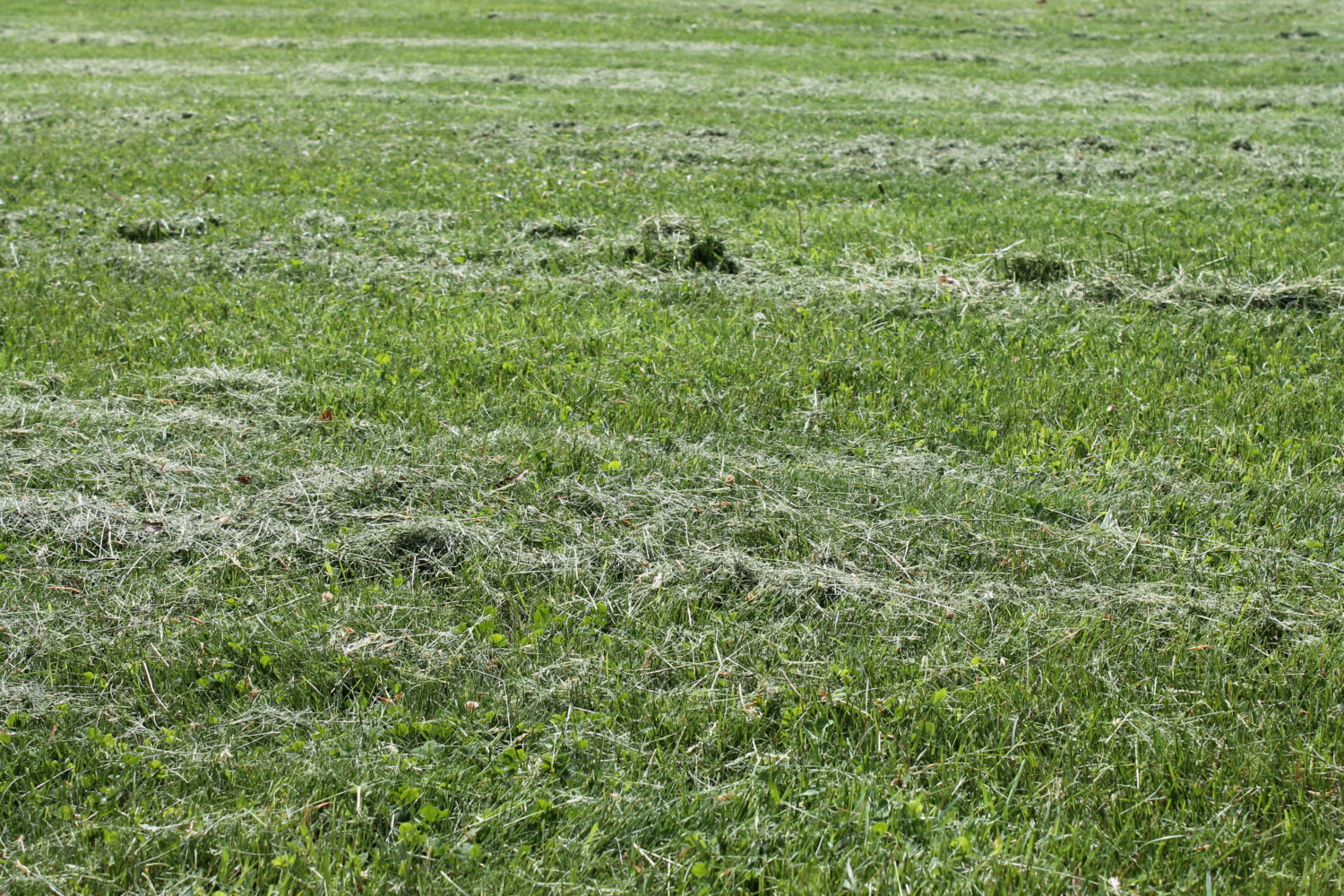The products and services mentioned below were selected independent of sales and advertising. However, Simplemost may receive a small commission from the purchase of any products or services through an affiliate link to the retailer's website.
Having a lush, verdant lawn offers many benefits. A healthy lawn can help the environment by preventing erosion, improving flood control and creating a cooling effect during warmer months. Walking out to a flourishing, grassy yard can also improve your health by diminishing stress, decreasing blood pressure and boosting your mood.
If your lawn is dry and brown or exhibits some yellow spots, you’re not out of luck. Learn how to make grass greener — and in the process, improve your well-being, support a healthy ecosystem and boost your home’s curb appeal.
How To Make Grass Green: 8 Tips For Success
1. Start With The Soil
The first step in determining how to make grass green is to find out if you have healthy soil. Contact your local extension office or your county’s master gardener association to see if they will perform a soil test for you. Or, you can purchase a soil-testing kit like this one from Amazon.
By analyzing soil samples from your yard, you can find out its pH level or how acidic your soil is, check macro- and micro-nutrients, and discover what steps to take to ensure that your grass has the most nourishing foundation possible.

2. Seed And Overseed
Adding grass seed to bare spots in your yard can help your lawn look fuller and greener. But you might also wish to consider a process called overseeding, which is planting grass seed directly onto an existing lawn. You don’t need to turn or tear up the grass that’s already there.
You can use tools such as a mechanical slit-seeder, a broadcast spreader or a cyclone seeder to cover the lawn fully. Follow up with an initial heavy watering and light watering each day thereafter until the seed germinates. Overseeding is ideal for grass that is disease or insect-prone, requires increasing amounts of water and fertilizer or looks worn out.
3. Fertilize For The Season
Providing fertilizer can certainly help make grass greener, but it is essential to do so at the proper time of year. Spring is typically the best time, as the soil temperature should reach 55 degrees Fahrenheit for best results. You can purchase a soil thermometer to check the temperature at any time, especially if you live in a warmer climate.
Using a fall fertilizer that is slightly higher in phosphorous and potassium in the autumn will promote better root growth and lead to a lusher lawn the following spring. It’s critical not to skip this fall feeding.

4. Water Wisely
Proper irrigation is essential to maintaining a gorgeous green lawn. The best time to water is in the morning, typically before 10 a.m. before the hottest part of the day. This places less stress on the grass and allows the ground to absorb the moisture with minimal evaporation.
Let the water run long enough to soak six inches into the ground, which is the average depth of a healthy root system. Don’t water too frequently, as this can promote fungus. For clay soils, water once a week; for sandy soils, water about every three days.
5. Take A Little Off The Top
Keeping your lawn nicely mowed is a simple way to improve its appearance. However, avoid mowing more than one-third of the total length off the top at a time. Cutting more than this causes stress, which will result in grass that appears burnt.
Also, make it a point to sharpen your lawnmower blades every year. Dull blades don’t cut as precisely, leaving jagged edges that quickly turn brown and unsightly.
6. Save Some Clippings
Lawn clippings can make excellent mulch, feeding the grass small amounts of beneficial nutrients. Take care not to leave more than an inch or two of grass clippings at one time, and make sure the clippings are dry. Matted, wet grass clippings can prevent oxygen and moisture from getting down into the soil.
If signs of lawn disease are present, remove the clippings to avoid spreading the issue to other areas of the yard.

7. Make A Few Holes
Aerating your lawn can also help make grass greener. Lawn aeration allows air, water and nutrients to enter the soil more easily, creating a healthier, more verdant lawn. It can support a deeper, stronger root system, resulting in greater drought tolerance and denser grass, which looks thick and inviting and chokes out many weeds. Aerating your lawn can even reduce puddles, as the soil can absorb more moisture.
Using a lawn aerator once a year is usually sufficient. You can rent them at many garden supply retailers.
8. Dethatch At The Right Time
Thatch is a layer of organic debris that forms at the base of the grass. A thin layer of thatch is beneficial, as it acts as mulch. However, a thatch layer that is more than one inch thick is harmful, blocking water and fertilizer, trapping roots and making the lawn more vulnerable to heat, drought and stress. You can measure the thatch layer by digging up a small wedge of the lawn.
Then, use special dethatching rakes, power rakes and vertical mowers to dethatch a lawn. However, if the thatch layer is deeper than two inches, you might wish to consider hiring a professional. Removing too much at once can damage the grass.
Getting a greener lawn can require an investment of time and some extra effort, but putting in the work will pay off with stunning results.
This story originally appeared on Simplemost. Checkout Simplemost for additional stories.


